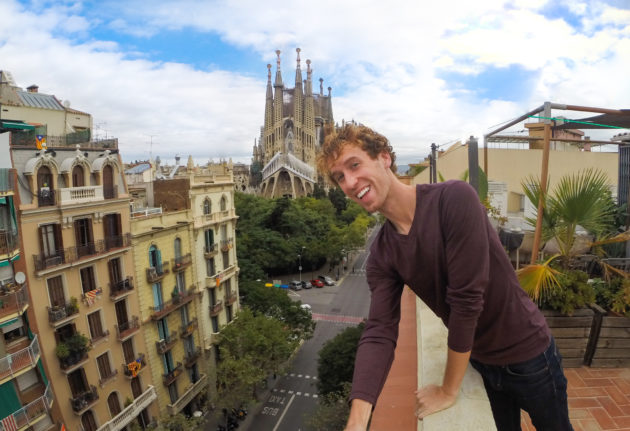Bienvenido a España! Welcome to a country jam packed with architecture, traditions, and food that are unparalleled. The influence of this country has touched the world, and seeing it up close was inspiring. The brush strokes of a Picasso, the seasoning of a fresh paella, the sunlight coming through a rose window in a cathedral – all your senses become fully alive.
We bounced all over the country and have pulled out a few of our recommended highlights below. ¡Buen viaje!
Montserrat Abbey – Barcelona
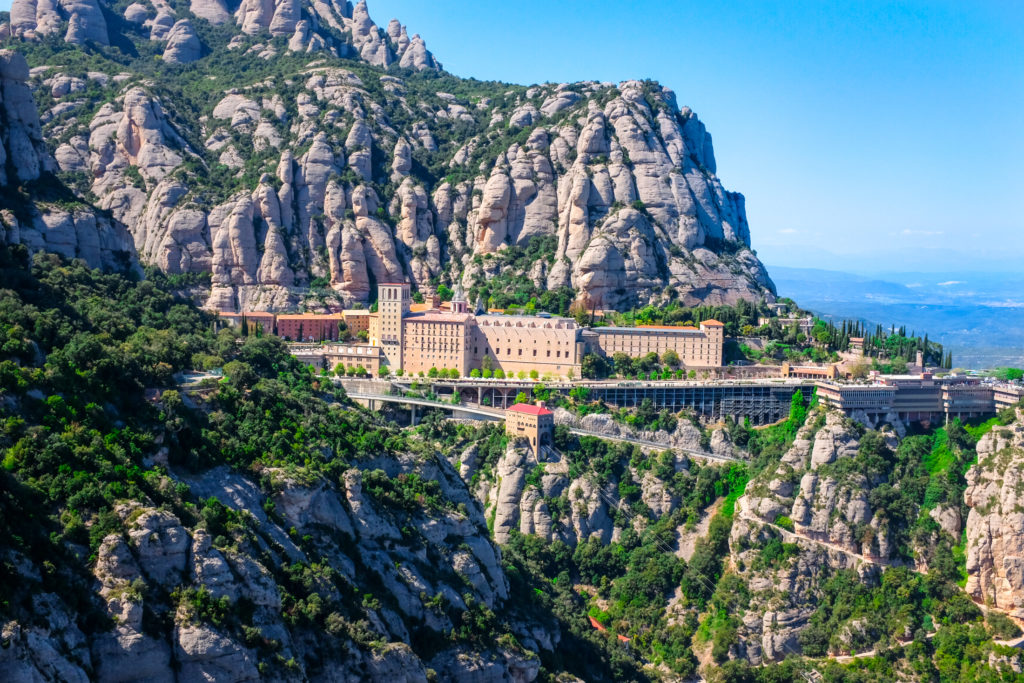
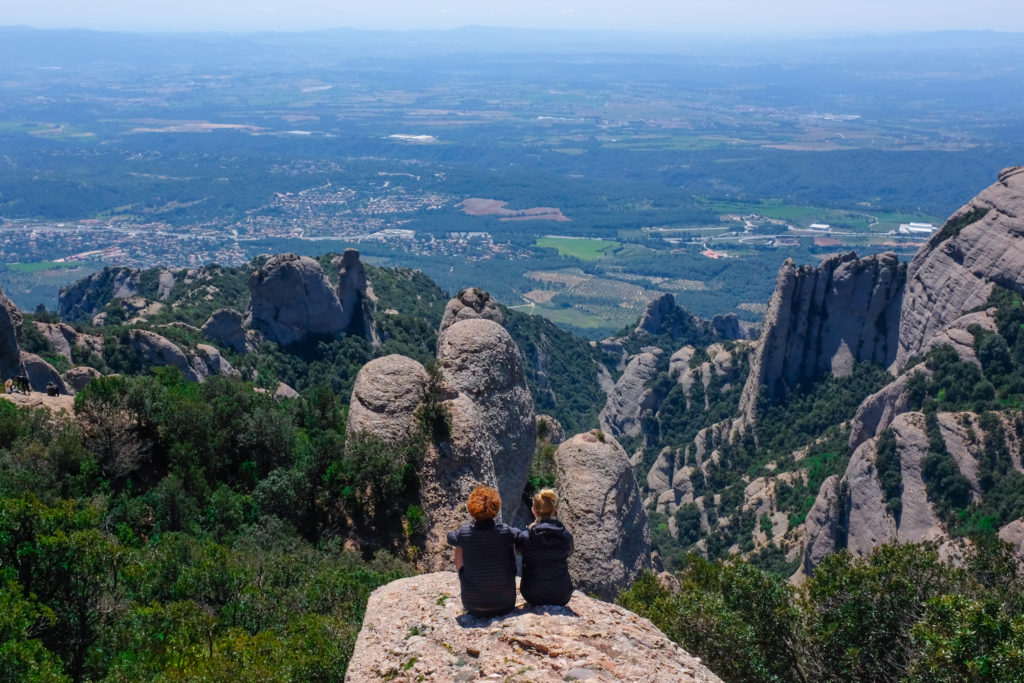
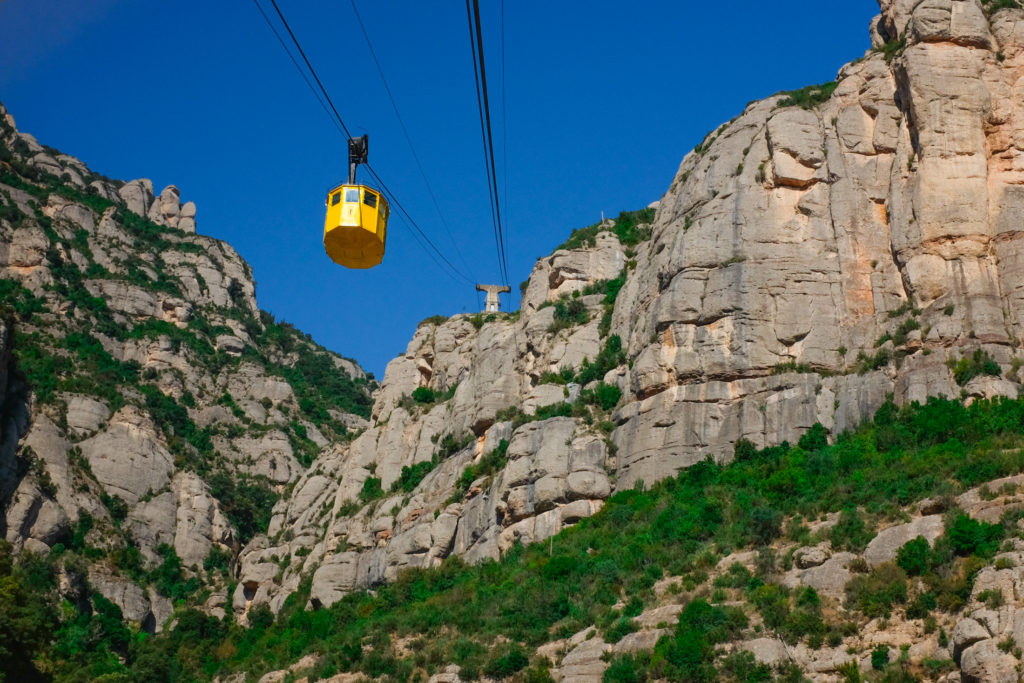
Only a 1hr train ride from Barcelona sits a small fortress in the mountains. This complex is actually a Benedictine Monk Monastery that was founded in the 11th century (and still has 60 monks living at the Abbey!).
To reach this mountainside retreat, there are gondolas you can can take up to the Abbey. Once you step off the platform, you’ll see a museum, a small food market, and a beautiful central courtyard. From here, there are also several hikes you can take that offer spectacular views of the sprawling Catalonia landscape (and jaw dropping views looking back down on the Abbey).
This is a perfect day trip from Barcelona. We recommend bringing your hiking shoes, enjoying a 2-3 hr hike around the old Abbey, and then grabbing a drink at the little market before heading back into the city in the evening.
Sagrada Familia – Barcelona
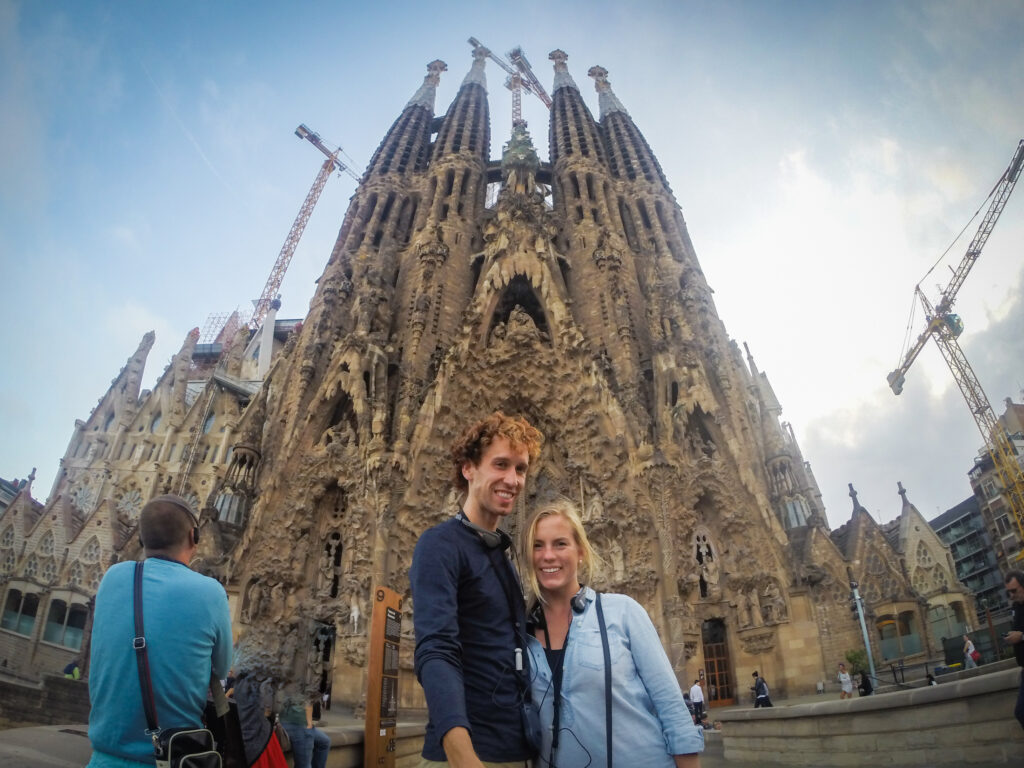

The crown jewel of the Catalan artist/architect Antoni Gaudí is his cathedral in the middle of the bustling city of Barcelona. This church is famous for 1) the fact that it’s been in construction for over a century (started in 1882!), and 2) it’s nature inspired architecture with obsessive attention to detail.
Standing inside the cathedral and looking up gave us the feeling of being inside a giant granite forest. Gaudí was an early tread setter of the artistic movement in Spain called Modernism – the move towards nature, freedom, and beauty. This cathedral, his personal house commissions, and the outdoor Park Güell are highlights of the city and are cultural icons worthy of a visit when in Barcelona.
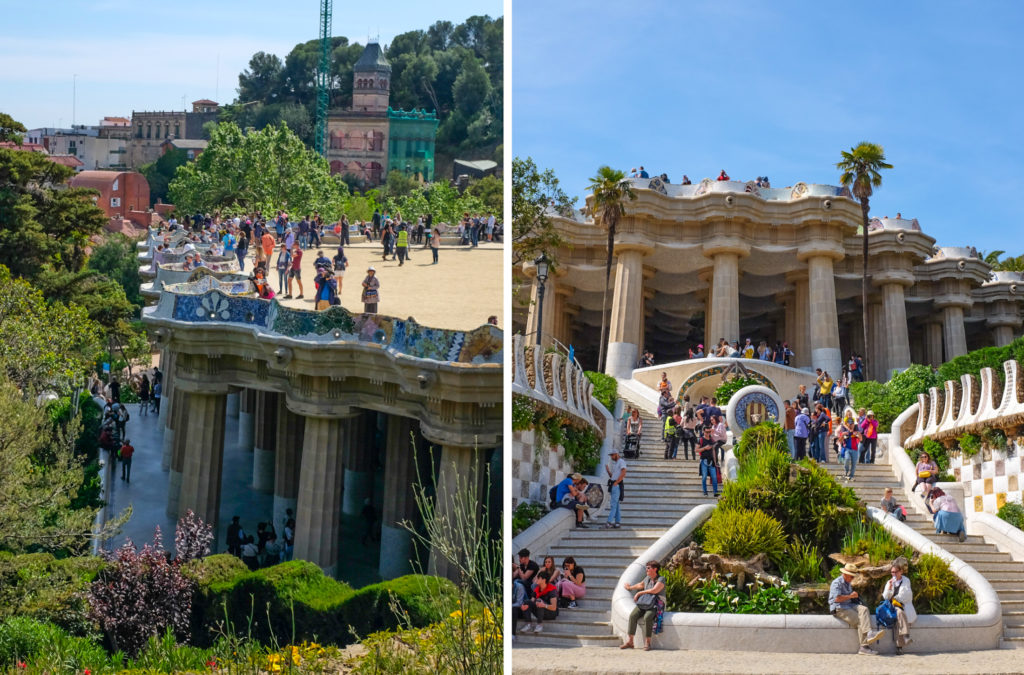
Picasso’s Guernica – Madrid
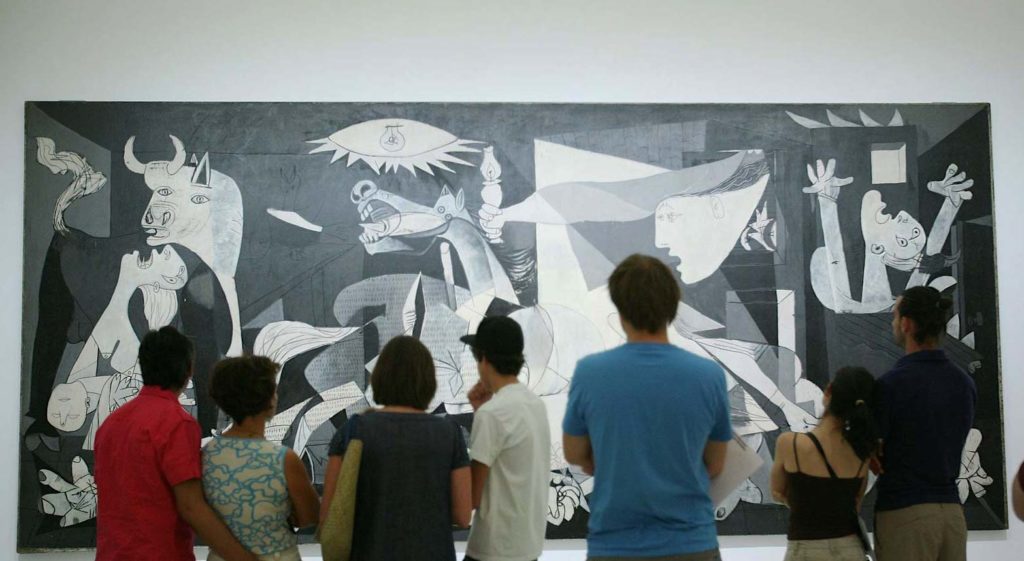
Picasso was born and spent much of his life in Spain. During the Spanish Civil War, Germany bombed the Spanish town of Guernica. Picasso painted the famous painting “Guernica” to capture the horror of that moment. He uses symbolism for the viewer to build their own emotional response from this piece.
Interesting history: When Francisco Franko came into power, Picasso fled to Paris and sent this painting to the US to help raise funds for Spanish refuges. When in Paris, the Gestapo raided his house and saw a photo of this painting. They asked him “did you do that?” He responded, “No, you did.”
Picasso was born in the city of Malaga, and his work is scattered around 100+ museums around the world (Guernica is held at the Reina Sophia in Madrid). The Picasso Museum of his early work is located in Barcelona and worth a visit.
Holy Week – Southern Spain
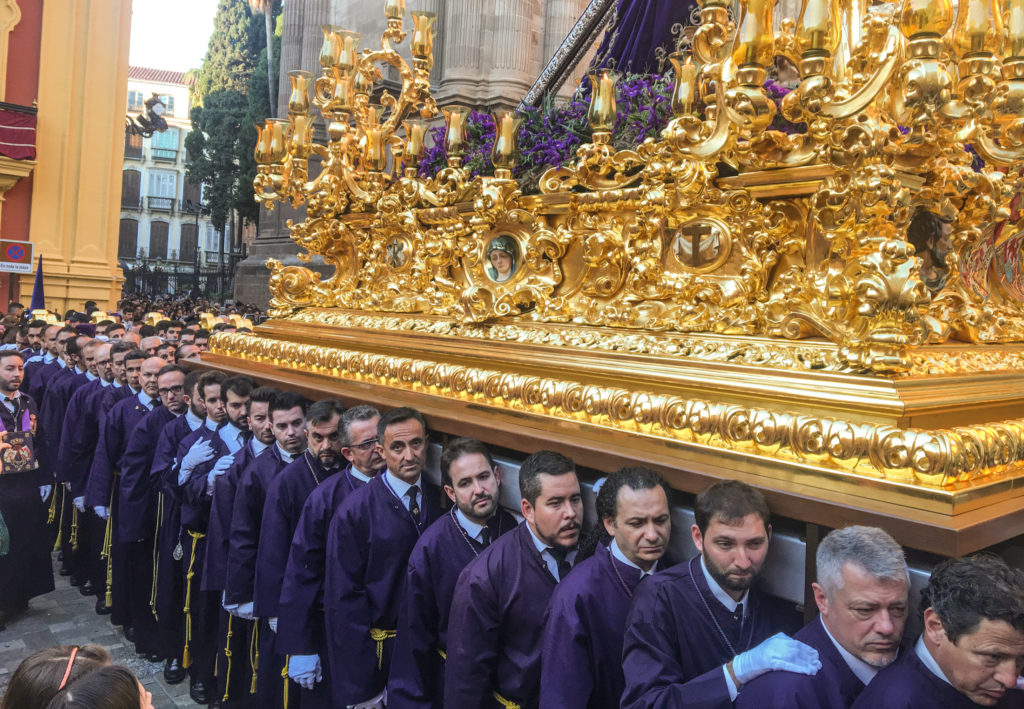
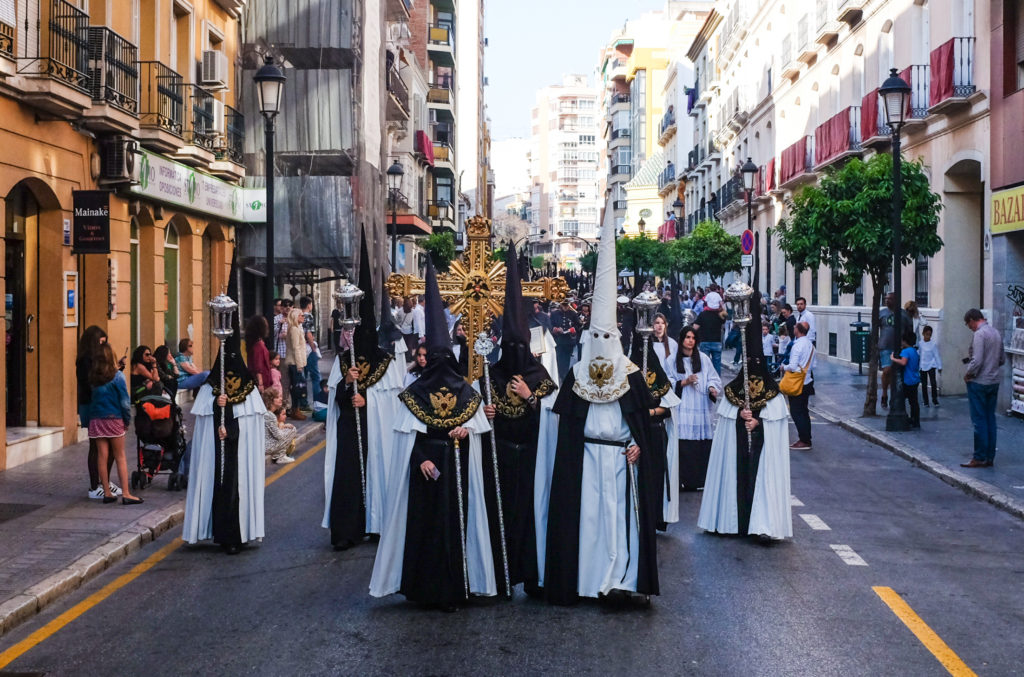
For over 500 years the southern region of Spain has been celebrating Easter according to local customs. The Catholic church wanted to find a way to share the story of the Christian holiday in a way that illiterate people could still understand. They got creative and built massive parade floats depicting scenes from the Easter story and paraded them through town in a large street processional.
The most remarkable part of this tradition, is that the floats are not transported on wheels, but carried on long poles by hundreds of church volunteers. Watching this swaying massive foot parade, in the tiny streets of Malaga and Seville, truly feels like you’re in another century.
Note: These hooded outfits may look similar to those of Klans members, but Spain actually used this style of robe centuries earlier – as an outward expression of repentance during this religious holiday. (The reaction we had here also reminded us of how The German Natzi party used the swastika icon from Indian religions who created it as a symbol of divinity and spirituality.)
Honorable food mentions
Pincho

Fancifully topped bruschetta bites, named Pinchos (pronounced “peen-chos”). Comes from the Spanish word for “Spike” because these bites have a toothpick holding them together. Our favorite spot for these was Sagardi in Barcelona.
Paella
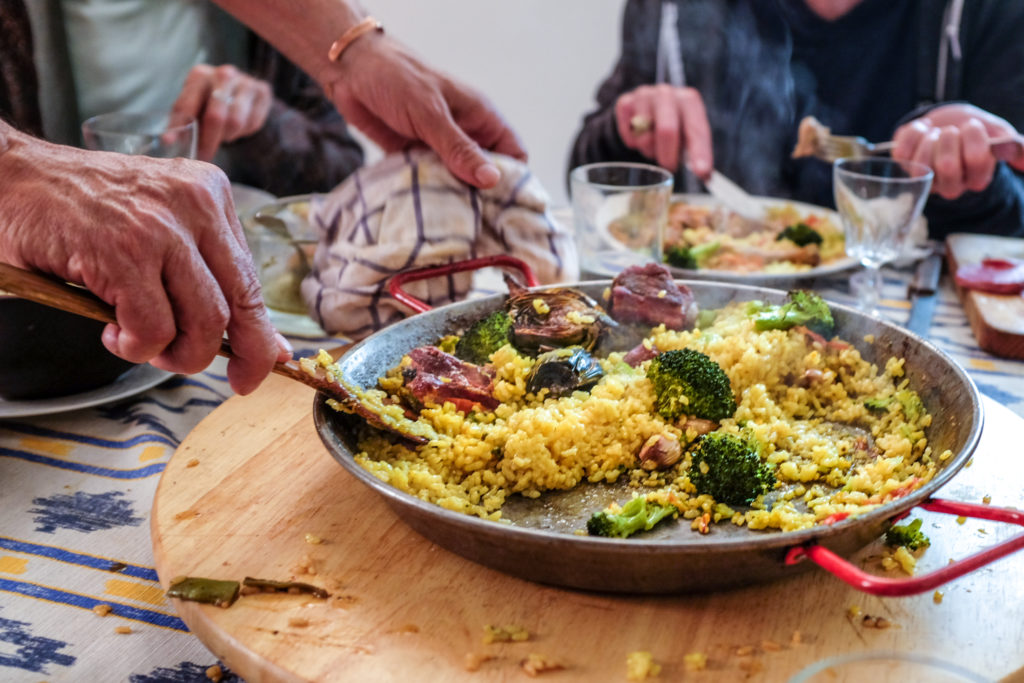
Classic varieties include chicken, rabbit, and/or many types of seafood. Our favorite serving was with a local who made us this dish in his home. We recommend pairing it with a fruity red wine.
Free Tapas
In the Southern Spain region (Andalusia) many bars still serve traditional Free Tapas – a small portion of food that is served with an alcoholic drink. Most bars in other regions do not serve them for free, so if you’re in southern Spain be sure to enjoy! (Our favorites were croquettes)
Jamón Ibérico
Dark red and well marbled is the flavor packed dry leg of the Iberico pig. This is a charcuterie style meat that has been cured and on every small plate menus across Spain (we loved it with cheese and on bread). Families will buy a whole leg and shave off small pieces for weeks.
Uniquely Spain Customs
Siestas
Spanish people seems to have figured out the work/life balance with the Siesta – a mid-day break for a nap or a long lunch. Spain can also be super hot in the middle of the day so it’s a great way to lay low.
Park Culture
We saw hundreds of young people hanging out in parks around the cities of Spain. A local guide explained to us that many young couples live in tight quarters with their families, so the parks are an extension of the Spanish home and a way to have a bit of privacy away from family.
We also loved grabbing fresh ingredients for lunch from a local market and sat outdoors to take in the park culture for ourselves.

